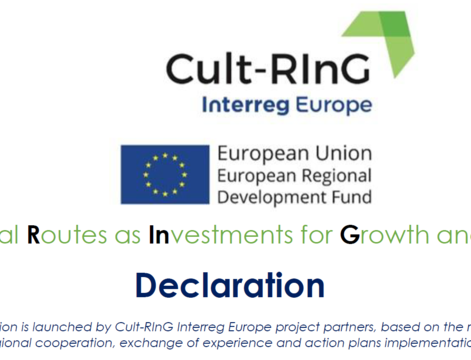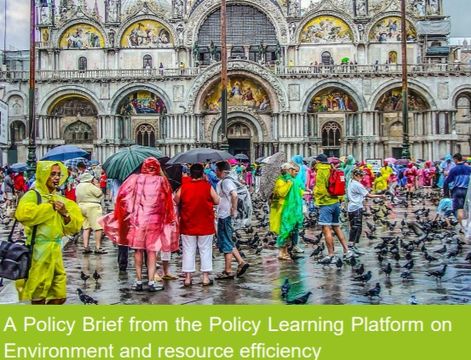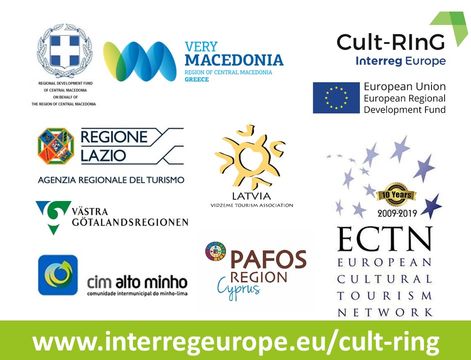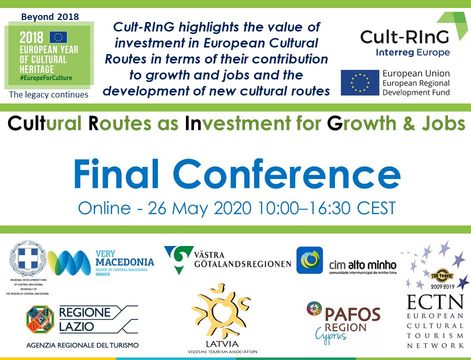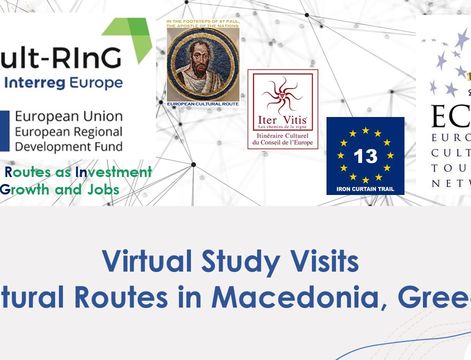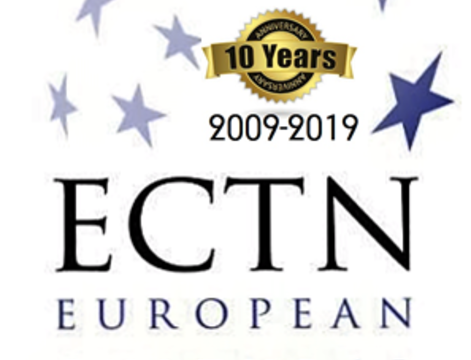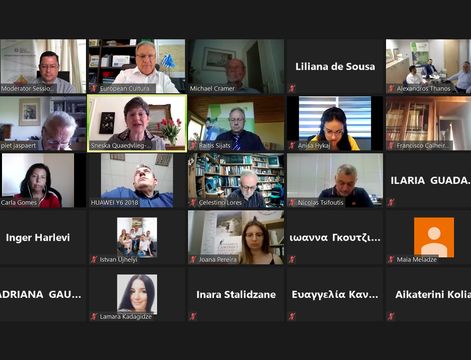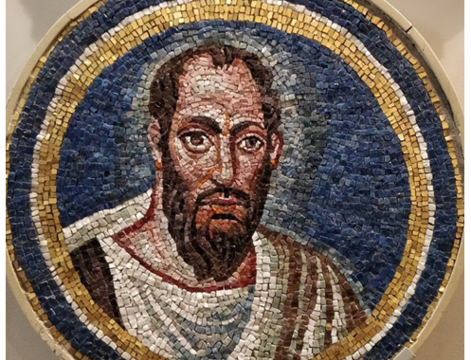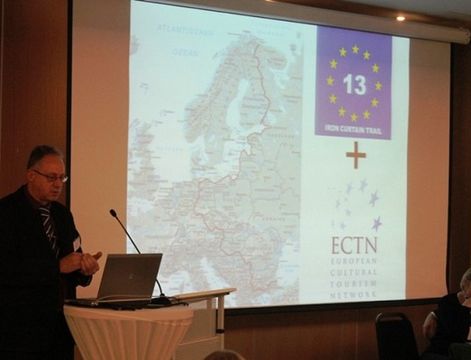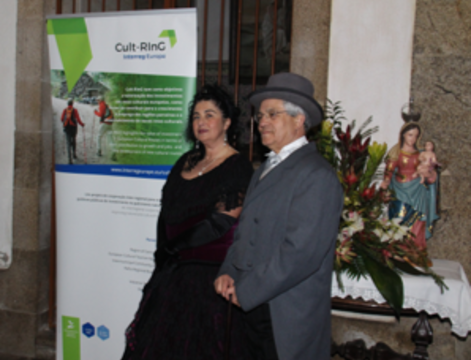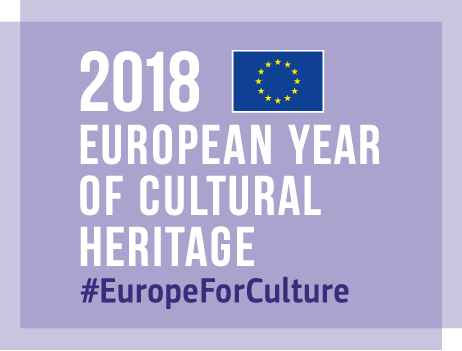The six Action Plans by the destination partners of Cult-RInG project have been approved by the JS and are currently under implementation during Phase 2 of the project. The Action Plans involve capitalisation of, improvements and extensions to six existing Cultural Routes of the Council of Europe as well as the promotion of new European Cultural Routes.
In the Foreword of the Central Macedonia action plan, the lead partner Governor of the Central Macedonia Region writes:
"The Cultural Routes of the Council of Europe are powerful tools for promoting and maintaining the diverse European cultural identities. They provide a better understanding of Europe's history through interregional exchange of people, ideas and cultural assets. It is a model of cultural cooperation among European countries, promoting common understanding of the European identity and citizenship. Cultural Routes combine elements of tangible and intangible heritage encourage people exchanges, and promote cultures and traditions that have shaped Europe over millennia.
Cult-RInG is an interregional cooperation project, highlighting the value of investing in European cultural routes and contributing to the development of new cultural routes as investments for growth and jobs. The Region of Central Macedonia through the Regional Development Fund of Central Macedonia, participates in the Cult-RinG project as Lead Partner, along with six European Regions and the European Cultural Tourism Network as advisory partner. Having established strong collaborations with the partners’ scheme, as well as with local stakeholders, the Region of Central Macedonia aims to promote Cultural Routes through its Action Plan with main Action the development and certification by the Council of Europe of the “In the Footsteps of St. Paul, the Apostle of the Nations” cultural route.
Culture can benefit and enforce European society and especially young people and contribute to the development of the European economy through cooperation, establishment of synergies among different kind of stakeholders, like policy and decision makers, educational and cultural institutes, local businesses and actors as well as the society itself. Culture strengthens the European cultural identity as well as the ties among nations and countries of the EU and at the same time it can bring Europe closer to the rest of the world".
Main lessons from the interregional cooperation exchange of experience have been the basis of the action plans, such as:
1. There is great interest for religious and pilgrimage cultural routes, such as St James Way, Via Francigena and St Olav Ways, which provide the basis for new cultural tourism products and services, particularly in lesser known places.
2. European Cultural Routes may generate additional tourism demand and generate significant economic development and employment creation benefits.
3. Membership of existing Cultural Routes of the Council of Europe gives a destination additional exposure to international visitors and creates further interest in relation to the usual tourism offer, enriching the cultural heritage of the destination.
4. Visitors through Cultural Routes have a higher profile than the average, are more educated and also demanding in terms of increased information and quality services. They are more likely to look for other cultural activities and appreciate local traditions and local products. They need targeted marketing efforts and spend more than the average per capita.
In the policy instruments addressed in this project there has not been explicit reference to European Cultural Routes (ECRs) and this weakness is now addressed in the Action Plans for the first time, which forms a significant improvement in policy. Close stakeholder involvement has been achieved as well throughout the project, with regular meetings and involvement in the interregional activities.
The vision is to make ECRs in the partner regions an effective tool for sustainable cultural tourism development and promotion, for the benefit of visitors and host communities. In this respect, significant policy change is achieved by the action plan with the valuable addition of ECRs in the improved policy instruments.


